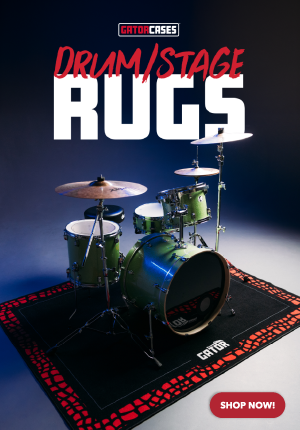Consumers around the world have been thrust into a stark new reality and forced to adopt new behaviors due to the mandatory lockdowns and other safety measures implemented in response to COVID-19. It started with the rush to buy essentials like toilet paper, bread, eggs, paper towels and disinfectant wipes. When consumers couldn’t find these items at their local grocery store or big box, they went online. However, it wasn’t just those who had gotten comfortable shopping online. It was everyone because essentials are just that… essential!
We’re all familiar with the phrase, “Necessity is the mother of invention.” Sometimes it’s not a new invention that comes to life because of a need. The adoption of existing tools, even by those who formerly resisted or ignored them, can also be powered by a combination of need and scarcity. We’ve seen this born out during this global pandemic as consumers shifted much of their purchases online to get what they need and stay safe in their homes while doing so.
We’re in the middle of a global pandemic that has radically altered consumer purchasing behavior in a matter of months.
In 1962, Everett Rogers, a sociologist and professor of communication studies, published a book called The Diffusion of Innovations, which sought to explain how and why ideas and use of technology spread within a population. The theory contained within the book applies to consumer shopping behavior in the time of COVID-19. All consumers exist somewhere along a shopping behavior spectrum that has always-shop-online on one end and never-shop-online on the other. The innovators are those that not only do a majority of their shopping online, they’re also the ones who created the earliest e-commerce businesses and platforms. In Rogers’ model, the Early Adopters and Early Majority are those that began doing larger and larger percentages of their shopping online as the process became easier and the options and product availability increased. The Late Majority and Laggards from his model are those who tend to resist change for longer — or sometimes entirely.
So where are we on this curve? As of the end of 2019, for the first time, a majority of the global population was connected online. That’s about four billion people. Of that group, about 1.9 billion made purchases online. That’s roughly 48% of online participants. So, if Rogers’ model holds true, as it has across multiple industries and innovations, then we’re somewhere in the Early Majority phase, with the fat part of the curve still ahead of us. The statistics tell us that e-commerce still only represents about 16% of total retail sales, but the web has tripled its share of retail sales since 2007. To borrow a COVID-19 term, the curve hasn’t begun to flatten yet.
Consumers were forced to adjust their behavior and think online first. A very large percentage of the population, who hadn’t wanted or felt the need to change how they shop, was suddenly forced to do so to obtain basic necessities. They represent a very large percentage of the population that has now established online shopping accounts, entered their default debit or credit card info and shipping addresses, and have now experienced the convenience and safety of shopping from home. While many of these consumers will return to their brick-and-mortar shopping preferences, a percentage of their purchases will likely stay online, dramatically increasing the overall share of retail sales captured by e-commerce.
So, what does this all mean for the music products industry and its retail participants? It means that online is here – now more than ever before. Now, it’s time to adapt and evolve as retailers. MI
Mike Robinson has been working within the music products industry for 20 years, holding both marketing and product management leadership positions at D’Addario and KHS. Currently, he runs a marketing and business management consultancy, advising clients and executing marketing strategies both within and outside the music products market.














